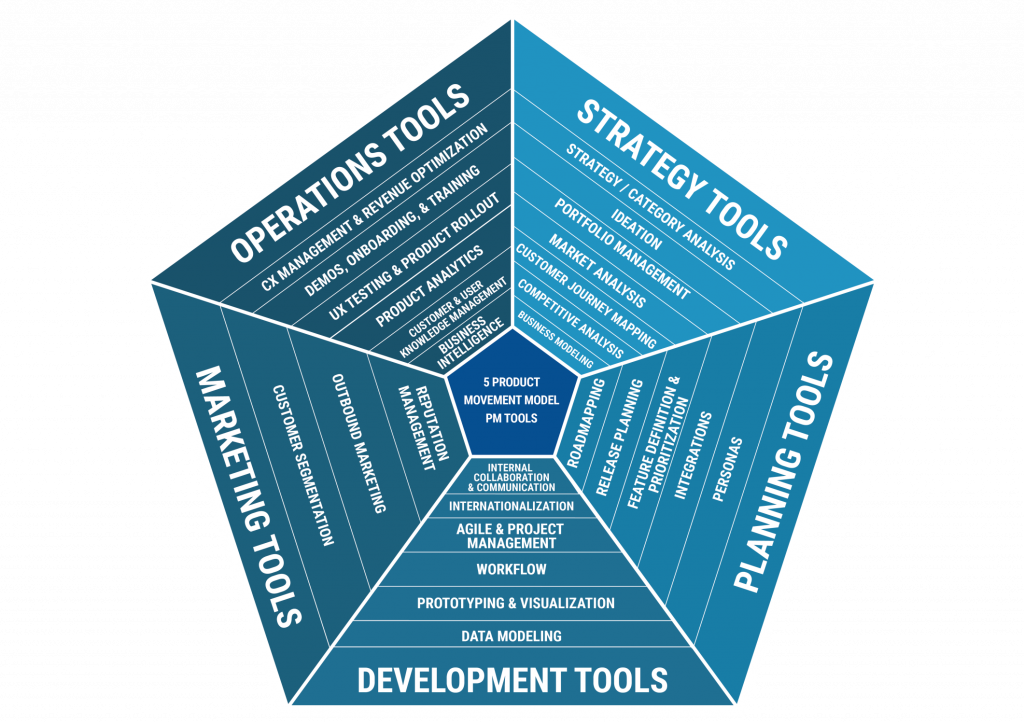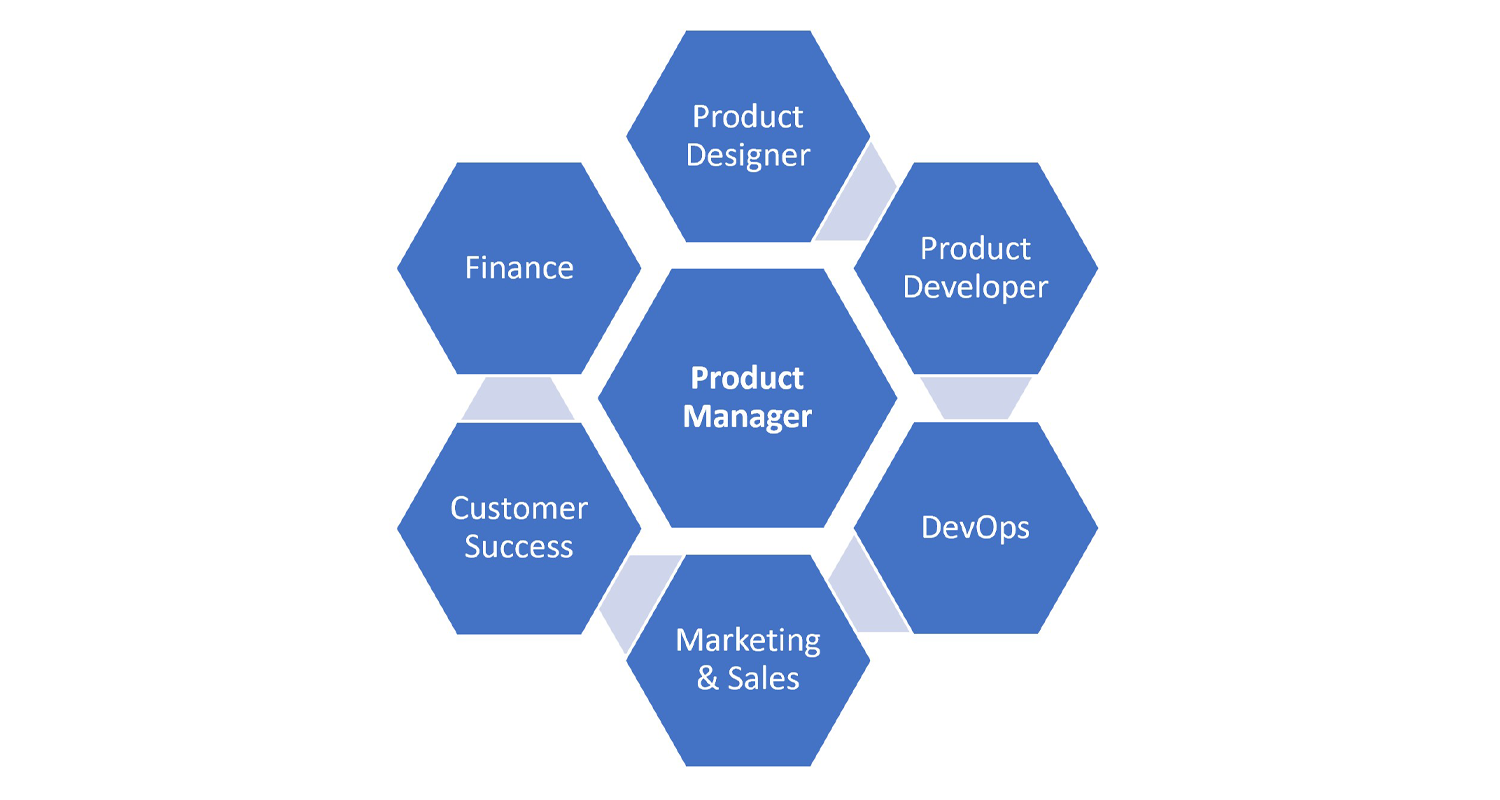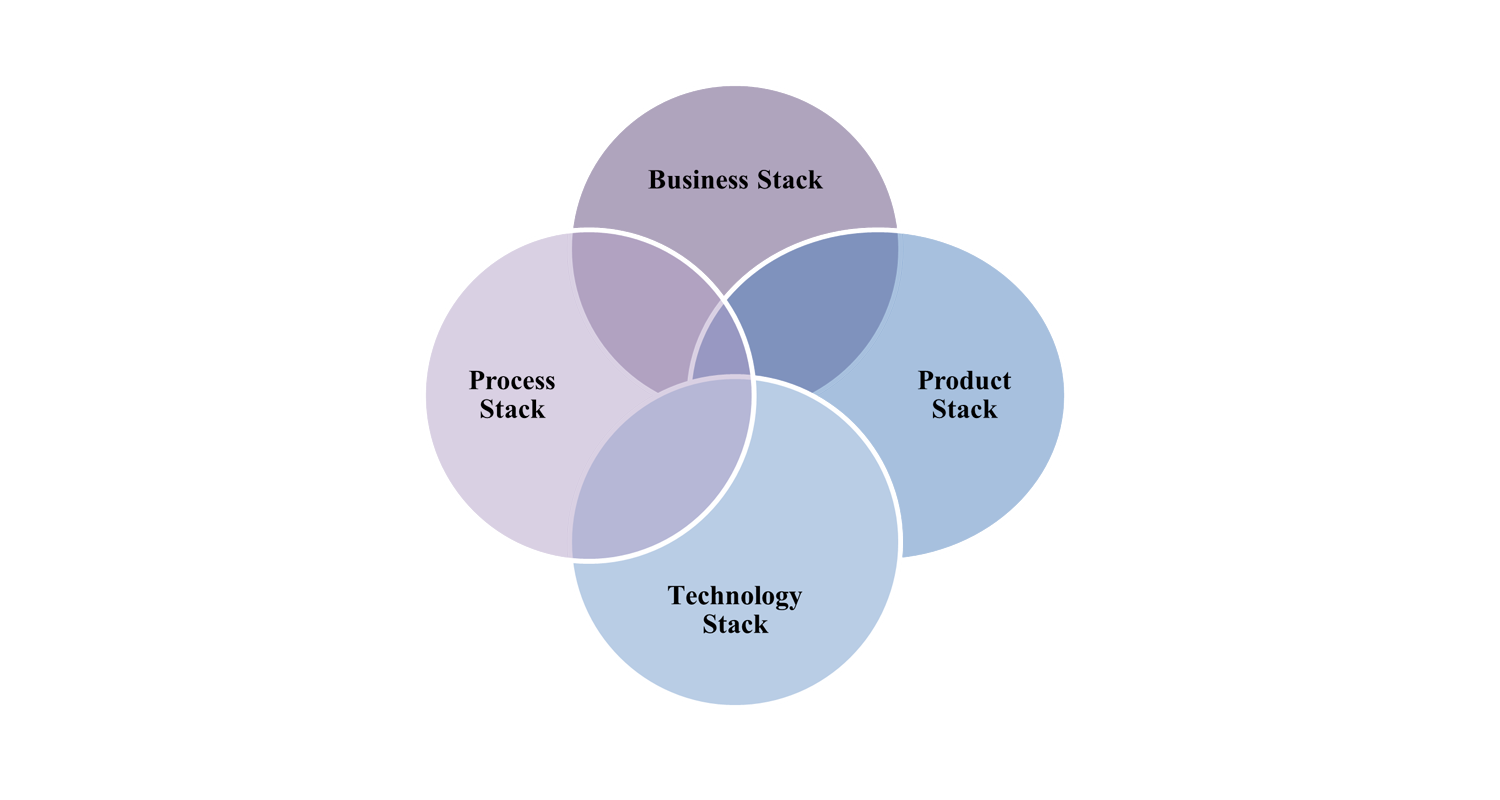Introduction
The rapid evolution of product management practices in the SaaS era (e.g. journey mapping, user data-driven analytics and product planning, etc.) has, in turn, led to advancements in purpose-built product management tools. While many curated and insightful lists of product management tools “PM tools” exist (Product School, G2, Product Craft), there has been no comprehensive reference model that spans the full product management life-cycle (PMLC) in order to understand and evaluate these tools in context.
Many companies, weighed down by legacy product management practices, product backlogs, and lack of capital to invest in PM tools, have struggled to adapt these new PM tools and practices. In fact, many product managers are still using generic tools such as Excel and PowerPoint as core PM tools for activities such as portfolio management and roadmapping. Nonetheless, periodic evaluation and selection of PM tools is appropriate in companies of all sizes, from large corporations navigating through re-organizations and acquisitions, to mid-market enterprises with enough capital to invest in more sophisticated tools, and even start-ups selecting open-source tools on a lean budget. All of these companies would benefit from a taxonomy to aid them in prioritizing, sourcing, evaluating, and selecting PM tools. Such a PM tools taxonomy is introduced in this blog based on a study of 300+ PM tools. The purpose of this PM tools taxonomy is to:
● Provide consistent terminology to facilitate knowledge sharing about PM tools
● Illustrate and educate on the functional domain and relationship between PM tools
● Identify gaps in tool support across the PMLC
● Aid organizations in assessing their use of PM tools across the PMLC
Context Setting: 5PMM in Relation to PM Tools Taxonomy
The 5 Product Movements Model (5PMM) provides product managers with a framework to contextualize and evaluate product management practices and tools. For those unfamiliar with the 5PMM, the movements metaphor originates from the symphonic movements (i.e. groupings of related musical compositions) that make up a musical performance. The conductor, who leads the performance, uses the movements to build and pace the overall performance of the symphony. In applying this metaphor to product management, consider the product to be the musical performance and the product manager to be the conductor. Strategy, planning, development, marketing, and operations are the group of related activities making up the movements, which are used to build and pace the overall performance of the product.
The PM Tools Taxonomy
The taxonomy defines the high-level organization, classification and description of product management tools (software and information services) and their inter-relationships in the context of the 5PMM PMLC. These five movements of the 5PMM (strategy, planning, development, marketing, operations) have been decomposed into categories of tools that support the activities of each movement. It is important to note that the PM tools mentioned here are not a recommended list, but merely representative examples to better depict each activity. In some cases, some of the PM tool suites (e.g., Aha!, Pendo, Rally) span multiple movements and activities. In other instances, companies may simply use general purpose or open-source tools such as MS PowerPoint and Google Docs to fulfill a particular activity or movement. In total, I have curated and classified a list of 300+ tools in the PM tools taxonomy for each of the following movements and corresponding activities.
The PM tools taxonomy is depicted in the below figure and described following the figure.
Product Strategy
The product strategy movement of the 5PMM defines the opportunity, outlines the whole product, and determines the approach to customer value and shareholder value realization. The categories of tools that support this movement include:
- Strategy/Category Analysis: Tools to support business SWOT analysis, vision definition of business themes, goals/objectives, strategic product opportunity definition, and objective setting. Examples of these tools include: AchieveIt, Aha!, Sopheon.
- Ideation: Ideation process management tools, including customer, sales and employee idea processing and exploration software. Examples of these tools include: BRIGHTIDEA, Ideawake, mindmeister.
- Portfolio Management: Overall management of multiple product lines, including OKRs, budgets, resource tracking, strategy execution management, and strategic alignment. Examples of these tools include: AdaptiveInsights, Planview, Decision Lens.
- Market Analysis: Market analysis tools, including market sizing tools, market intelligence tools and market funding news. Examples of these tools include: CB Insights, HubSpot, Gartner Group.
- Customer Journey Mapping: Tools to facilitate the discovery and documentation of customer journey maps. Examples of these tools include: CX/Omni, Smaply, UXPressia.
- Competitive Analysis: Tools and services to better understand and position against competition. Examples of these tools include: CI Radar, Sirius Decisions, Kompyte.
- Business Modeling: Tools for business planning, modeling and pricing. Examples of these tools include: Strategyzer, Visitaar, Planbox.
Product Planning
The product planning movement of the 5PMM establishes the sequence of target markets, pain points, value propositions, and whole product offerings, consistent with the overall strategy. The categories of tools that support this movement include:
- Personas: Tools to support the definition of pain points and value realization outcomes for various buyers, decision-makers, influencers, and users. Examples of these tools include: Xtensio, UserForge, Versium.
- Integrations: Tools to support the integration of the application with other applications, including in/out data integration and API management. Examples of these tools include: Alteryx, Matillion, MuleSoft.
- Feature Definition & Prioritization: Tools for capability and feature definition and prioritization. Examples of these tools include: Aha!, Trello, ProductPlan.
- Product Planning: Tools to develop and schedule program increments, Sprints and product releases. Examples of these tools include: Jira, Rally, Target Process.
- Roadmapping: Tools for producing product roadmaps synthesized from capabilities, features, and projected delivery planning timelines. Examples of these tools include: Aha!, Product Board, Air Focus.
Product Development
The product development movement of the 5PMM refers to product management partnering with development to ensure that strategy and planning are embedded in development, delivering on release plans, achieving business model and customer value realization goals. The categories of tools that support this movement include:
- Data Modeling: Tools for producing data models for software. Examples of these tools include: Lucid Chart, Visio, Vertabelo.
- Prototyping & Visualization: Tools for producing UI/UX and navigational models for software. Examples of these tools include: Balsamiq, Figma, Adobe XD.
- Workflow: Tools for producing business process and workflow models for software. Examples of these tools include: Lucid Chart, Visio, ProcessMaker.
- Agile & Project Management: Tools for agile and project management, including estimating, scheduling, tracking and managing project content, deadlines, and schedules. Examples of these tools include: Jira, Airtable, Asana.
- Internationalization: Tools to facilitate the translation, localization, and internationalization of software products. Examples of these tools include: Transperfect, Localize, Cloudwords.
- Internal Collaboration & Communication: Tools to facilitate internal coordination and communication across distributed teams, including text, video, and shared workspaces. Examples of these tools include: Microsoft Teams, Slack, Flowdock.
Product Marketing
The product marketing movement of the 5PMM refers to product management partnering with market-facing functions to effectively position products in the market and establish demand creation programs. The categories of tools that support this movement include:
- Customer Segmentation: Tools to support the segmentation and understanding of customers for targeted marketing campaigns, upsell/cross-sell, pricing, etc. Examples of these tools include: Segment, Marketo, Google Analytics.
- Outbound Marketing: Tools to support outbound marketing, including web content, email and social media campaigns and channel partner management. Examples of these tools include: HubSpot, Drift, Social Media (Twitter, Facebook, Sprout Social).
- Reputation Management: Tools to support the online management of a company/product reputation and product reference customers. Examples of these tools include: Yext, G2, reputation.com.
Product Operations
The product operations movement of the 5PMM refers to product management partnering with the product operations functions to ensure that the post-sale experience of the customer, business model, and customer value realization goals are met. The categories of tools that support this movement include:
- Customer Experience Management & Revenue Optimization: Tools to promote customer success, product & customer experience, customer retention, NPS, customer value realization, revenue optimization. Examples of these tools include: ChurnZero, Strikedeck, Pipefy.
- Demos, Onboarding, & Training: Tools to support product demonstrations, user onboarding and training. Examples of these tools include: Pendo, Camtasia, Intercom.
- User Experience Testing & Product Rollout: Tools for experimentation, personalization, feature flagging, progressive rollout, tag management, session recording, and feature delivery. Examples of these tools include: LaunchDarkly, Split, Optimizely.
- Product Analytics: Tools to collect and analyze product utilization and feedback data from all aspects of a customer/user journey through the software. Examples of these tools include: Pendo, Adobe Analytics, Mixpanel.
- Customer and User Knowledge Management: Tools to promote user and customer knowledge and information. Examples of these tools include: SalesForce, Freshdesk, Guru.
- Business Intelligence: Tools to aggregate, analyze and visualize product, customer and user data. Examples of these tools include: Splunk, Tableau, Power BI.
Summary and Feedback
PM tools will continue to evolve as the digital transformation of product management continues to advance. Accordingly, this PM tools taxonomy and the tools characterized in it, will continue to evolve. As this blog serves as the first public documentation and depiction of the PM tools taxonomy, I would appreciate your feedback.
- What tools do you use today?
- What do you think of the PM tools taxonomy?
- Do you feel the taxonomy is complete?
- Are there movements or activities that the taxonomy is missing?
- How could you apply the PM tools taxonomy within your organization?
- What tools do you see a need for that aren’t currently available?
Do you have thoughts or opinions on what you just read? Let us know what you think by leaving a comment on LinkedIn






